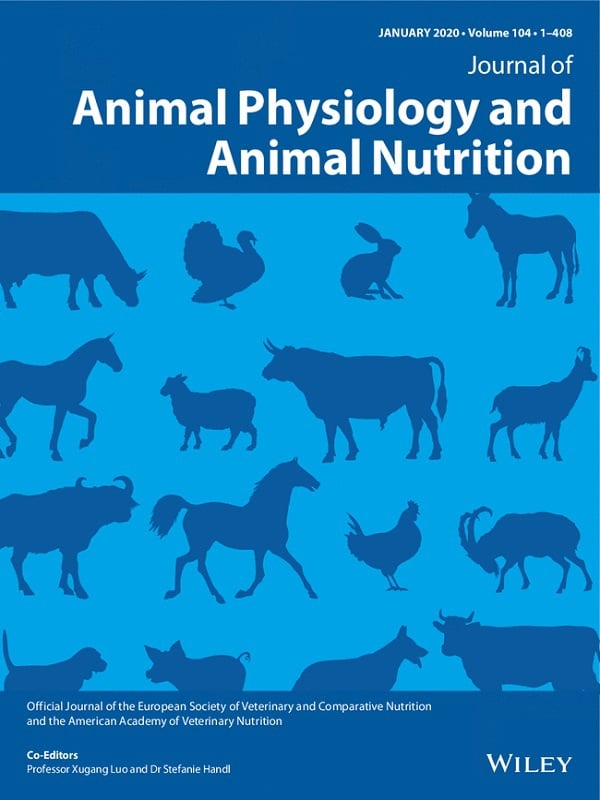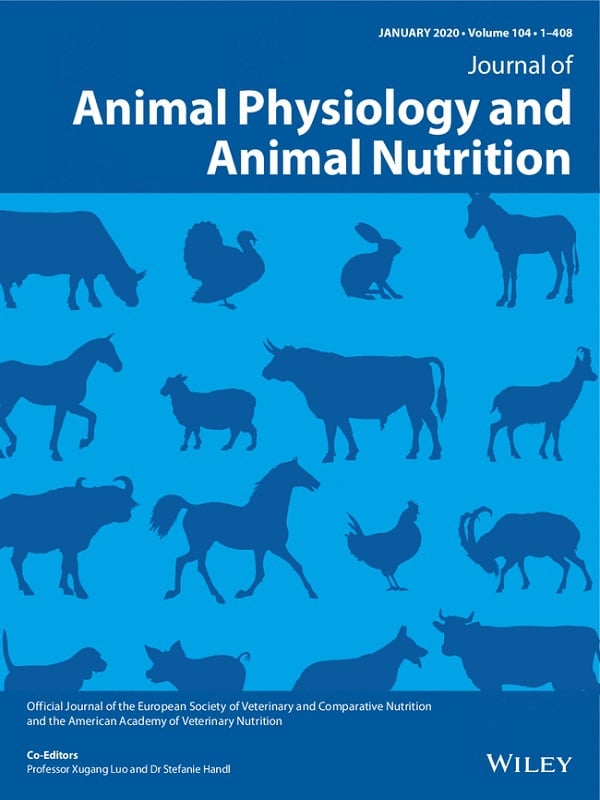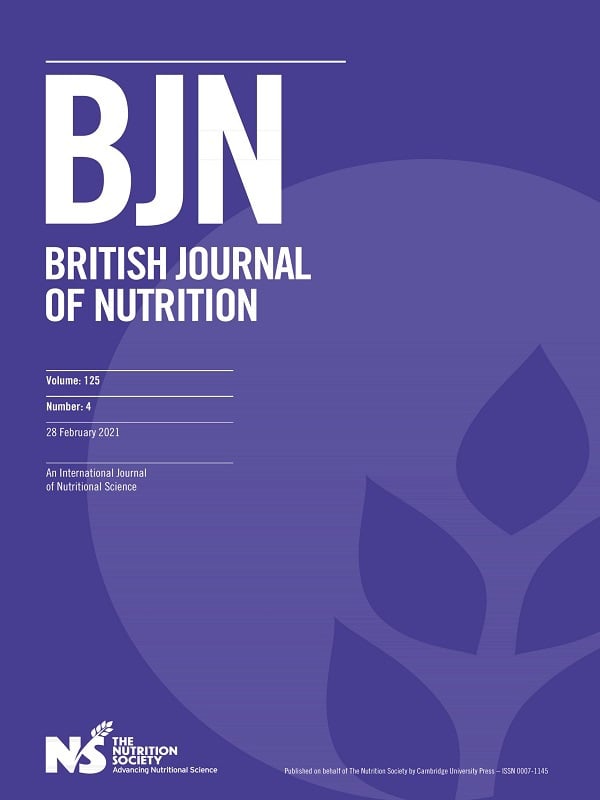
Diet and stomach characteristics of feral pigs: implications for farmed piglets
Abstract
Evaluation of the diet of the pig (Sus scrofa) in natural settings may provide new views on diet optimization for growth and development of commercially raised piglets under farm conditions. A field study was conducted to gain insight in the diet and stomach characteristics of feral piglets. Forty animals (body weight: 4.6 ± 1.37 kg) were collected from the Bahía Samborombón (Buenos Aires, Argentina). Stomachs were weighed after storage in formalin and the particle size distribution of their contents was determined by wet sieving. Diet items present in their stomachs were classified and their proportional weight and relative abundance was calculated. Based on their dentition, 5, 16 and 19 piglets were approximately 1, 3–6 and 6–16 weeks of age respectively. Vegetable matter (mainly ‘leaves and stems’) was predominantly present in 39 animals. It represented on average 83 ± 36.4% of total stomach contents by weight. The stomachs of 12 piglets contained curd and represented on average 16 ± 35.1% by weight. Other diet items were less abundant or absent. The proportion of stomach particles retained were 24%, 13%, 22%, 13% and 28% for sieves with mesh sizes of 2000, 1000, 420, 210 and <210 µm respectively. For comparison, we used data of farmed piglets of similar age and fed a nutrient-dense, finely ground diet. Feral piglets' relative empty stomach weights increased with age (p < 0.050), whereas this was not the case for farmed piglets. Relative stomach contents weight increased significantly with age only for farmed piglets (p < 0.050). We infer from our data that feral suckling piglets consumed a variety of non-milk items, mainly consisting of vegetable material with a coarse particle size from their first week in life onwards. Their diet is associated with an enhanced stomach development compared to those of farmed piglets.


